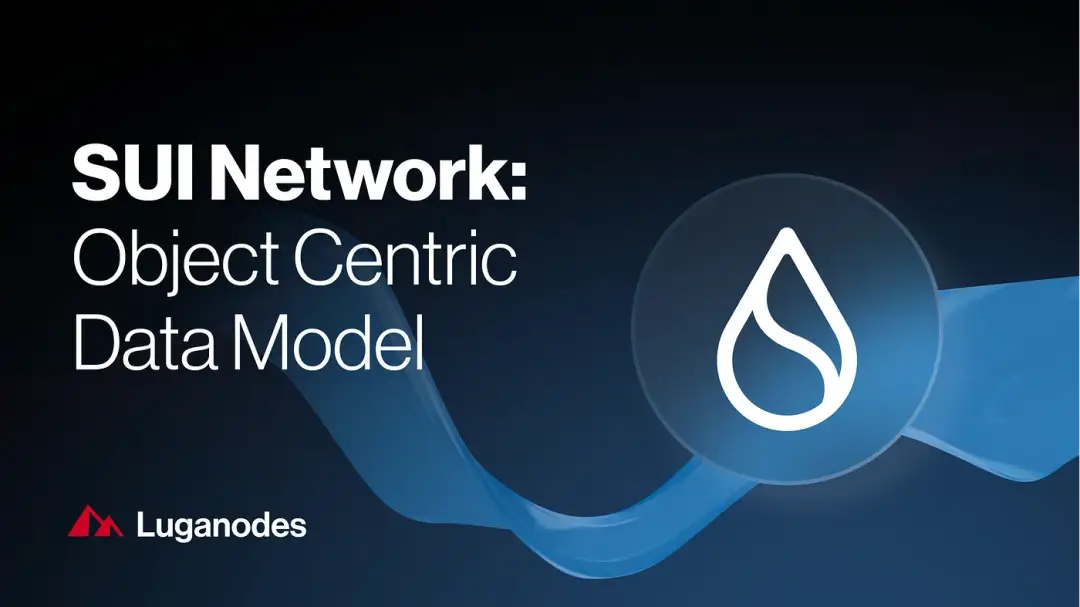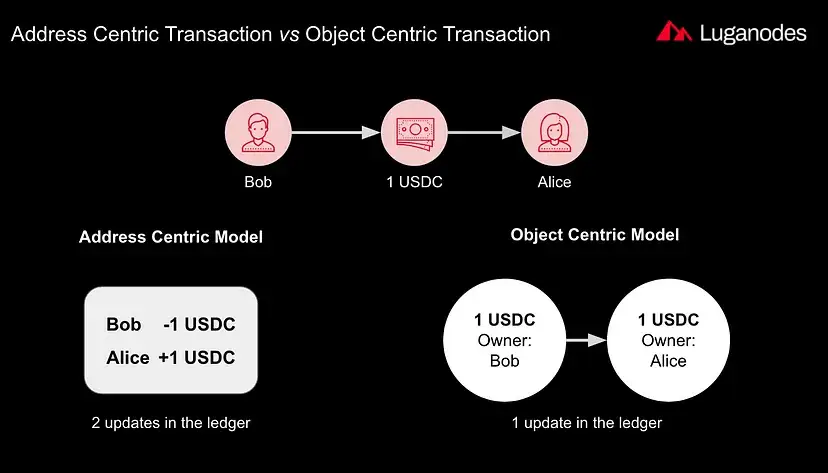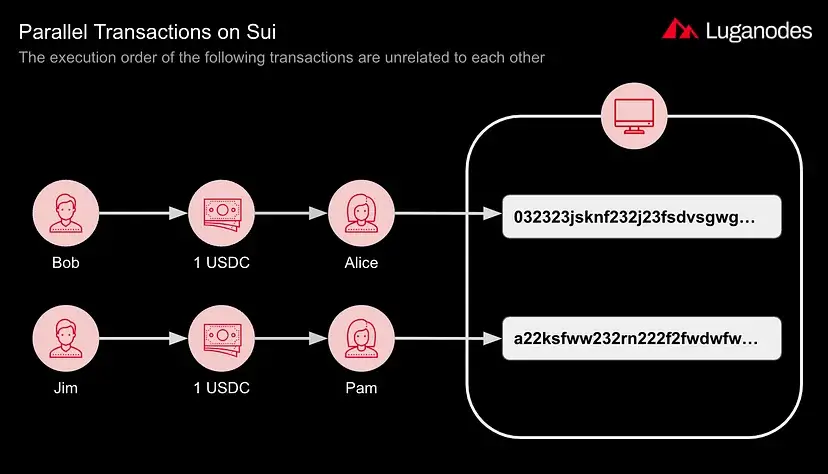返回
Object-Centric Data Model
Sui
By HackQuest
Aug 7,20243 min readWelcome to the Web3 world, where digital finance and applications are shown in a revolutionary way through the fusion of blockchain technology, cryptocurrencies, and a pioneering spirit. Are you overwhelmed by the wealth of terms in the Web3 world that you don’t understand? Are those slang barriers for you to learn about Web3? Don’t worry! We’re here to explain the obscure terms to guide your learning. Today, we're diving into an innovative development in the world of Web3: [Object-Centric Data Model].
Definition and Overview
The Object-Centric Data Model is a groundbreaking approach to data storage and management within blockchain networks, particularly emphasized in the Sui blockchain. Unlike traditional blockchains that revolve around account-based models, the Object-Centric Data Model centers on objects—unique, addressable entities that hold both data and metadata. This model allows for more granular and flexible interactions with data, providing a robust framework for developing decentralized applications (dApps).

Source: Medium
Technical Composition
In Sui, the basic unit of storage is the object, which is uniquely addressable on-chain by an ID. Each object encompasses the following metadata:
●ID: A 32-byte globally unique identifier derived from the transaction that created it.
●Version: An 8-byte unsigned integer indicating the object's version, increasing with each transaction that modifies it.
●Transaction Digest: A 32-byte hash of the last transaction involving the object.
●Owner Field: A 32-byte field indicating the access permissions of the object.
Objects in Sui can be categorized into Sui Move Packages and Sui Move Objects:
●Sui Move Package: A set of Sui Move bytecode modules. Once published, a package becomes immutable and serves as the foundational unit for smart contracts on Sui.
●Sui Move Object: Typed data governed by a Sui Move module, structured to include fields that can contain primitive types, other objects, and non-object structs.

Source: Medium
Core Functions
The Object-Centric Data Model provides several core functionalities that enhance blockchain interactions:
●Object Referencing: Objects can be referred to by their ID, versioned ID, or object reference, allowing for precise identification and interaction.
●Transaction-Object DAG: The relationship between objects and transactions is represented as a Directed Acyclic Graph (DAG), where nodes are transactions and edges are object references. This structure enables efficient tracking of object states and histories.
Use Cases
The Object-Centric Data Model is particularly beneficial in scenarios requiring detailed data management and interaction:
●Decentralized Finance (DeFi): Enables sophisticated asset management and transaction tracking.
●Gaming: Facilitates the creation and management of in-game assets with unique identifiers and histories.
●Supply Chain: Provides transparent and immutable tracking of goods, ensuring integrity and traceability.
Importance in Web3 Ecosystem
In the Web3 ecosystem, the Object-Centric Data Model represents a significant advancement by offering:
●Enhanced Flexibility: Objects can be manipulated independently, allowing for more modular and adaptable dApps.
●Improved Scalability: The model supports efficient data retrieval and modification, reducing the computational load on the blockchain.
●Greater Security: The use of unique IDs and version tracking enhances the integrity and traceability of data.
User Experience and Innovations
The shift to an Object-Centric Data Model brings several user experience enhancements and innovations:
●Intuitive Data Interaction: Users can interact with individual objects directly, providing a more intuitive experience.
●Seamless Integration: Developers can build dApps that seamlessly integrate with existing objects, enhancing interoperability.
●Dynamic Updates: The model supports dynamic updates and version control, ensuring that applications remain up-to-date without requiring complete overhauls.

Source: Medium
Challenges
Despite its advantages, the Object-Centric Data Model also faces several challenges:
●Complexity: The model's complexity can pose a steep learning curve for developers and users unfamiliar with object-based data management.
●Performance: Managing a large number of objects can potentially impact performance, requiring optimized data handling and storage solutions.
●Interoperability: Ensuring compatibility with other blockchain networks and standards remains a challenge, necessitating ongoing development and standardization efforts.
Conclusion
The Object-Centric Data Model is a transformative approach in the Web3 space, offering a novel way to manage and interact with data on the blockchain. By emphasizing unique, addressable objects, this model provides enhanced flexibility, scalability, and security for decentralized applications. As the Web3 ecosystem continues to evolve, the Object-Centric Data Model will play a crucial role in shaping the future of blockchain technology and its applications.